How to Make a Shrunken Head

If you are expecting this to be an instruction manual on the ancient practice of Tsantsa, or the making of an actual shrunken head, then you have come to the right place. We are going to look in detail at the process by which severed human heads are reduced to the size of an orange, the reason behind this process, and the trade in human heads that started a veritable massacre of ancient tribes.
The Jivaro Tribe known for head shrinking.
The tribes known to practice head shrinking are the Jivaroan tribes found in forests of Ecuador and Peruvian Amazon. The Jivaro Indians were brought to the world’s attention because of their unusual custom of shrinking the heads of their enemies, as well as being one of the very few societies to have revolted against the Spanish Empire. There are various dialects in the Jivaroan tribes – the AShuar, Aguaruna, Huambisa, and the most famous of them, the Shur, and this will be the tribe we look at in this post.
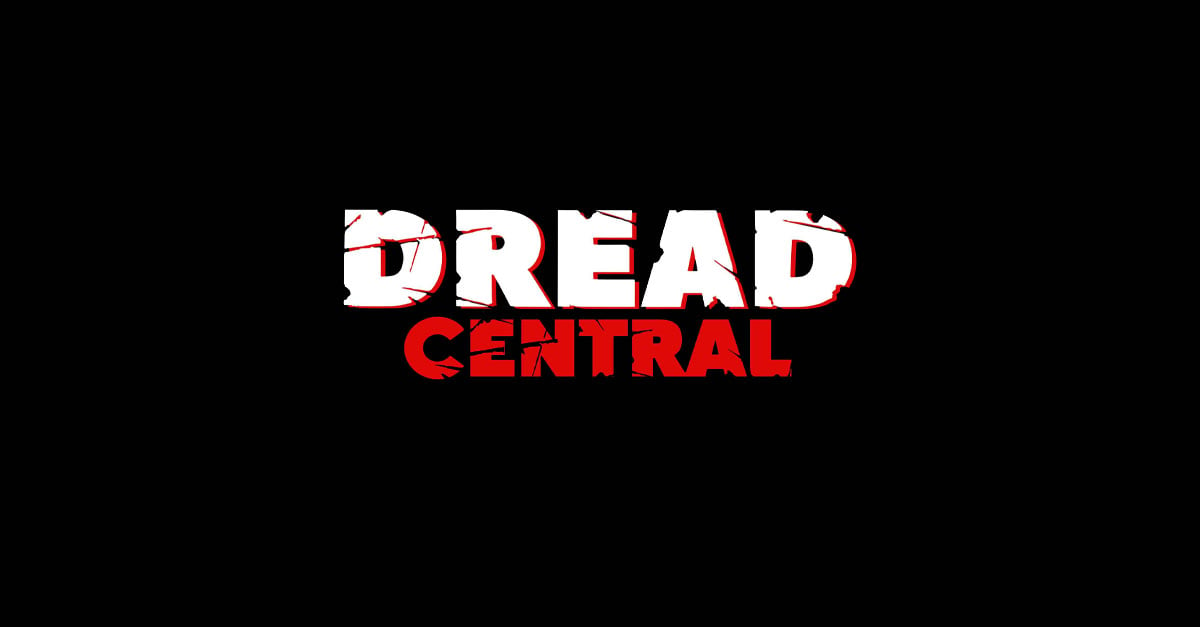
The Jivaro Indians were highly superstitious and impulsive and would often war between each other. Shamans and medicine men would normally fall victim to attack, accused of sorcery or black arts. These people did not have any concept of natural death and saw each death as having a supernatural cause and thus needed to be avenged. At the tender age of six, young Jivaro males were instructed in hatred for neighbouring peoples, and the death of an opponent meant reward in blessings, long life, riches and the death of one’s enemies.

How to prepare a shrunken head.
1- After an attack on an enemy the members of the Shur tribe would kill their victims and quickly decapitated them with a machete. Occasionally the captured enemy would still be alive while the head was removed.
2 – The head is removed below the neck and a piece of skin from the chest and back is also taken off with it. The entire process is meticulously carried out in order to preserve the original likeness of the victim.
3 – A slit is made up through the nape of the neck and up the back of the head, the warrior now peels the skin and hair very carefully off the skull. The victim’s skull is discarded by the warrior and left by the river as an offering the anaconda or Pani.
4 – The eyes are sewn shut with a natural fibre, the lips are also sewn together but these are later skewered shut with little wooden pegs. The pegs are later removed after the boiling process.
5 – The head skin is then transferred to the cooking jars and cooked for around 90 minutes; any longer and the hair falls out so it is important to remove before this time.
6 – The skin takes on a dark colour, rubbery and about a quarter of its original size.
7 – The skin is then turned inside out and any flesh that is still sticking to the inside is scraped off.
8 – The skin is then turned right side out and the slit at the back of the head is sewn up.
9 – Stones from the fire are then placed through the neck of the skin and rolled around to stop them from burning the inside. This makes the skin shrink even further, and when the point comes that the neck becomes the same size as some of the smaller stones, they are removed.
10 – Hot sand is then poured into the head via the neck, and this gets into all the smaller areas to shrink the skin further and shape the detail in the heads features.
11 – Any excess hair is burnt off and the skin hung above the fire the harden and go black.
12 – Then three chonta palm pins are put through the lips and they are sewn together with a natural fibre.
13 – The whole process from start to finish takes around 1 week, usually with the warriors working on them on their way back to the village.
14 – Before the warriors enter the village for the tsantsa celebration, they make a hole in the top of the head so that it can be hung around the neck.
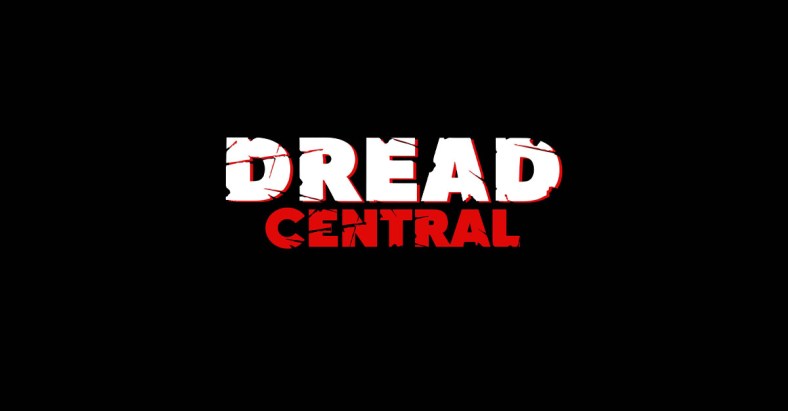
You can also watch a reconstruction here…
Significance of the shrinking of an enemy’s head.
The original reason behind the practice was a religious one; the tribe believed that by shrinking the head of an enemy, they could harness that person’s soul and make it do their bidding. Another reason was to stop the soul from returning to hurt the living and avenge his or her death.
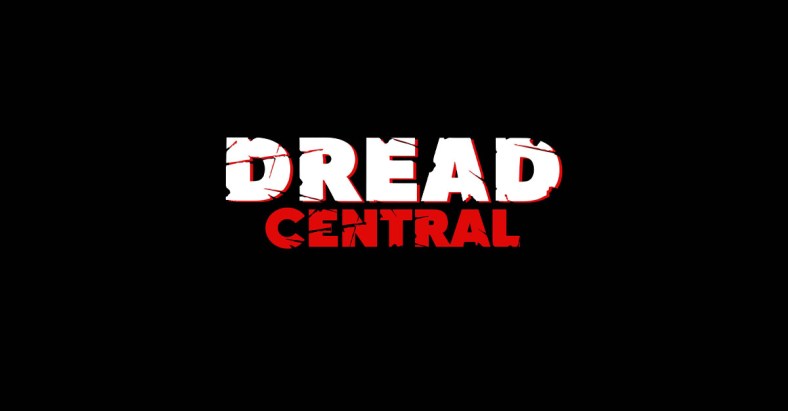
The Shuar tribe believed in 3 fundamental spirits.
Arutam – A vision or power that protects a person from a violent death
Muisak – A vengeful spirit who comes into being when a person carrying an Arutam spirit is murdered.
Wakani – Innate to humans and is a guardian spirit
To stop a Muisak from using its powers, the head of a victim is shrunk and the mouth and eyes are sewn together to paralyze the spirit. This prevents that person’s soul from leaving the head and take revenge upon the murderer. This would also stop the victim’s soul from entering the afterlife and harming the murderer’s dead ancestors.
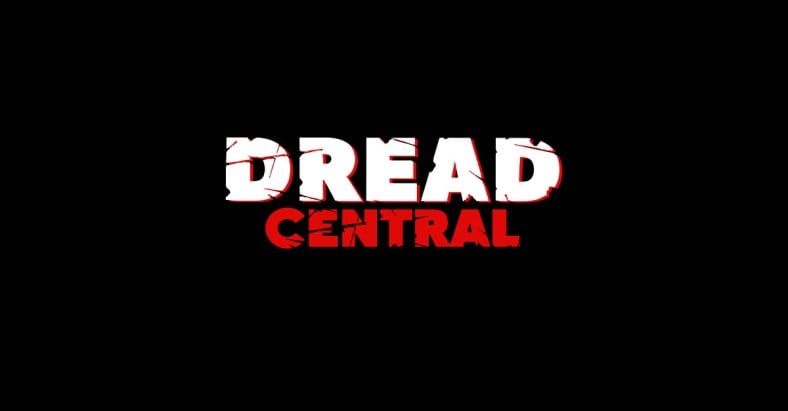
Many Jivaroan warriors heading into battle would consider any victory as incomplete if they did not return with a trophy, and the possessing of a tsanta would mean good fortune for the warrior and appease his ancestors. The warriors believed that killing the enemies of their ancestors not only meant that they would bestow a good harvest and fortune upon them, but that they themselves would not be at the mercy of malevolent ghosts.
The trade in human heads.
Westerners began to become intrigued by the Jivaro Indian tradition of tsanta, so much so that they would trade firearms and ammunition in return for the shrunken human heads. This not only revolutionized the tribe’s warfare but escalated the death toll of their enemies as demand for the heads rose to satisfy the traders.

The demand increased killing on such a large sale that the Peruvian and Ecuadorian governments had to pass a law prohibiting the traffic of human heads to the West.
In 1910 heads were sold for 1 Peruvian gold pound; in 1919 the heads were worth around $4.00, the equivalent of $57.33. Then in the 1930’s victim heads were made to order for around $25.00, which is around $275.02 in today’s economy. By 1952 a head was advertised in The Times for $250, which would be $2,231.36 now.
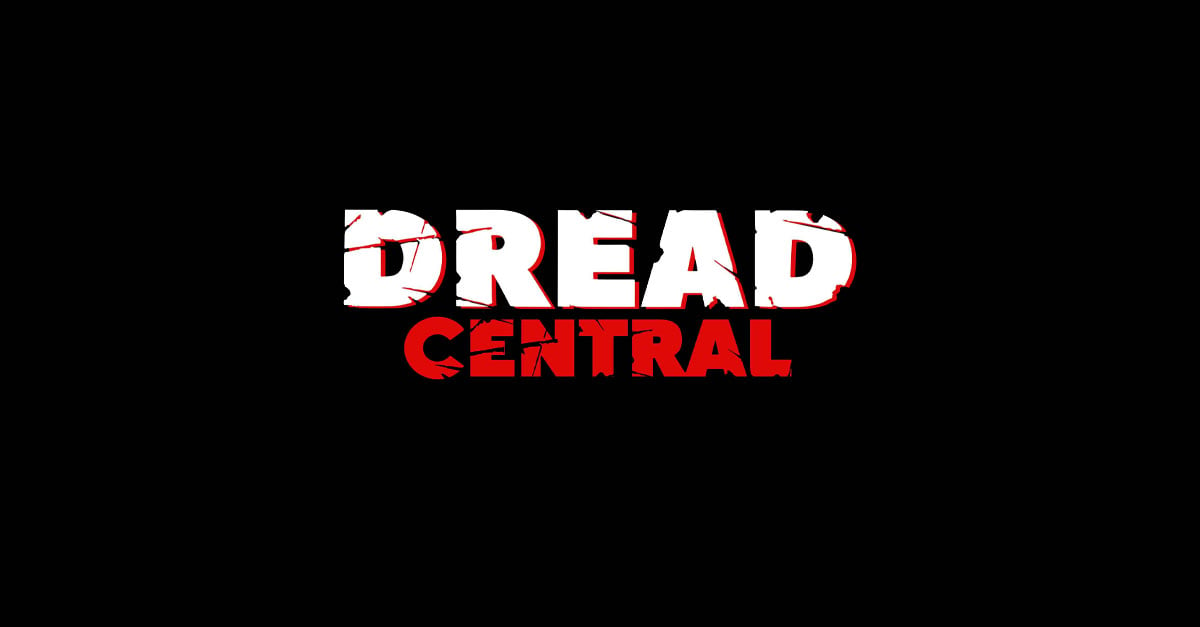
Many other tribes began to produce counterfeits heads using heads stolen from morgues, or those of monkeys or sloths, and it is said that over 80% of shrunken head displays in the world’s museums are fake. The Jivaroan warriors, however, did on occasion use a sloth heads instead of that of an enemy as the Jivaro believed themselves evolved from sloth.
Categorized:Editorials News

